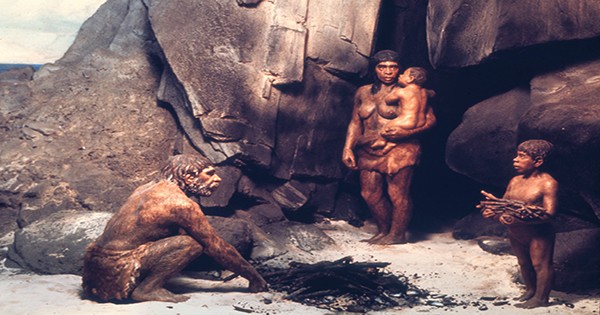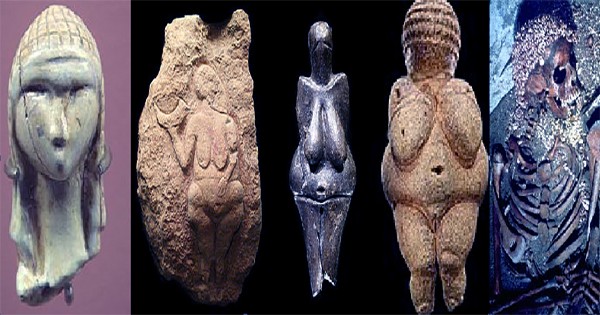During the Stone Age in Western Europe, hunter-gatherer groups did not prioritize blood bonds and kinship above all else. A recent DNA analysis undertaken at numerous well-known French Stone Age burial sites reveals the coexistence of multiple different families. This was a purposeful technique to prevent inbreeding.
These findings are presented in a recent study conducted by Uppsala University academics in partnership with various French universities. The study was published in the journal PNAS.
In the study, the researchers were able to gather biomolecular data from human bones buried in renowned locations in France, such as Téviec and Hoedic in Brittany and Champigny. The bones were dated to the very end of the Mesolithic (about 6,700 years ago), when the final Western European hunter-gatherers lived, which overlapped with the Neolithic when established farmers replaced them.

This is the first research to examine the genomes of several Stone Age hunter-gatherers from the same location who lived alongside and near newly established Neolithic agricultural populations.
“This provides a new perspective on the last Stone Age hunter-gatherer populations in Western Europe.” Professor Mattias Jakobsson of Uppsala University, who conducted the study, believes it offers a unique chance to examine these communities and their social dynamics.
Around 7,500 years ago, the last hunter-gatherer groups in Western Europe faced approaching Neolithic farmers and were progressively supplanted and absorbed. The cohabitation of these groups has sparked several issues concerning their interactions.
Previous research, based on isotope data, revealed that the final hunter-gatherer societies purposefully integrated women from the Neolithic agricultural culture. This new study demonstrates that hunter-gatherer communities mingled with other hunter-gatherer groups but not with Neolithic farmers.
“Our genomic findings demonstrate that, even though these groupings were composed of a small number of individuals, they were not closely linked. Furthermore, there was no evidence of inbreeding. Luciana G. Simões, researcher at Uppsala University and first author of the study, explains that various social units with varied food preferences emerged, perhaps as a mechanism to minimize inbreeding.
The study was undertaken in partnership with academics from many French institutions, including the University of Rennes in Brittany and the Muséum National d’Histoire Naturelle (MNHN) in Paris.
The well-known sites of Téviec and Hoedic in southern Brittany feature several burials where multiple people were buried together. This is rare for Mesolithic burial sites. It was formerly considered that being buried together signified that people were biologically linked.
“Our findings demonstrate that in many cases—including those involving mothers and children buried together—the people were unrelated. This shows that there were strong social links that were unrelated to biological family and that these associations persisted long after death,” explains Dr. Amélie Vialet of the Muséum national d’Histoire Naturelle.















